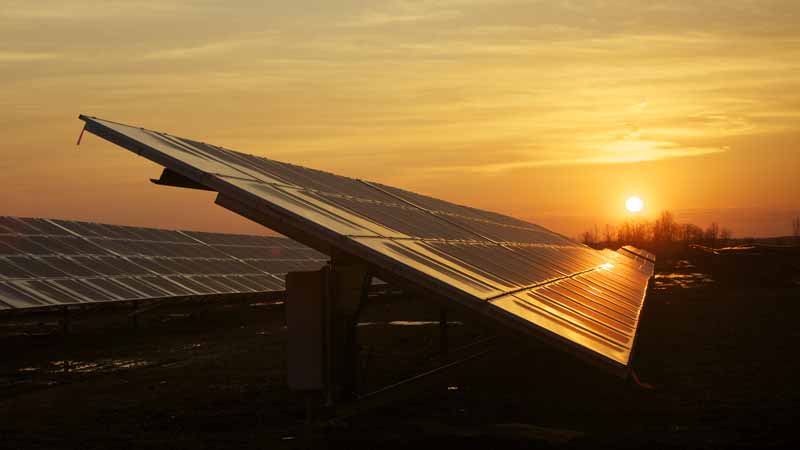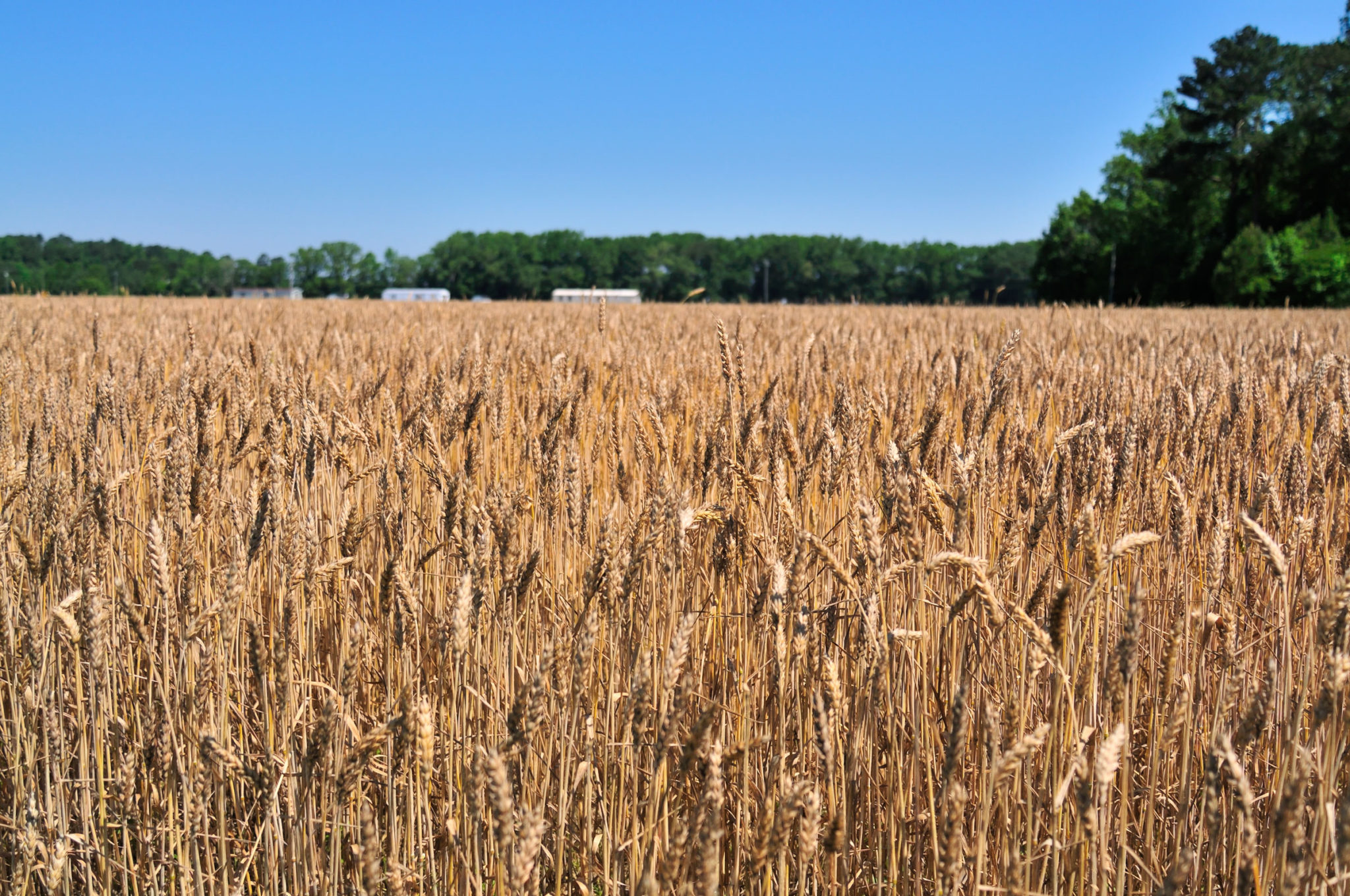The Light

5:44 AM – November 29, 2016
It is approximately a half hour from shooting light and an hour from sunrise now. I have seen a lot of sunrises recently and it is interesting how different each day starts. Sitting in the marsh it is clearly noticeable, as a little fog in the morning will easily delay the birds from chit-chatting sooner and it often delays the early flight of teal or wood ducks this time of year. The first part of the 2016 waterfowl season is past us and now we can get down to business in December with our feathered friends once the season opens again. I am not afraid to state for the record, I enjoyed each sunrise the past few weeks almost as much as I did seeing Mallards circle. In fact, it is fair to say the circling ducks turned out to be far more frustrating than watching the light reach our planet each day here in late November.
Light is critical to all things living and it has measurable and profound impacts on each of us every day. We are no less impacted by photoperiod than the pea plants I studied in elementary school to sunlight. This is clearly a fact as I know many of us struggle each year through dreary days of late winter to make it through till we start getting more light in Spring. It is still pitch black outside but there is light off in the distance and now the number of car headlights has also increased as other early risers move around this Tuesday morning. The past year I have been focused on light it seems while working on several solar projects. These projects represent land use change and in most cases taking land out of farm production.
As a student with an early 1990’s natural resource management background, I learned a lot about the potential of renewable energy and the prospects of it seemed at the time, painted in gold leaf trim with outcomes to power our cities and lives into a sustainable future and a diversified economy. Now more than twenty years removed from those university buildings and the many books I read on the subject (I still have many of them) of renewable energy, this process is anything but the path it seemed it would be. Clearly, I am entertaining the mindset of my former naïve self in the discussion of this conflict of interests, but it is real and it matters. It matters that we think about how to use land and what private landowners are authorized to do with their bundle of rights associated with their private land. In this case, solar energy in Maryland represents a new option for landowners to consider for their land. These prospects are not without limits however, and one of the most important facts remains in that less than 5200 acres of land can ever be converted to solar fields based on the regulatory framework established by the state. Putting this in perspective, Maryland has approximately 2 million acres of arable farmland and this change in land use represents only 2.5% of that total and also assumes it all were to be constructed on land which is also not likely as part of the solar infrastructure in Maryland could additionally be mounted on roof tops of buildings and not ground mounted. Therefore, it is highly unlikely this land use change would ultimately lead to a significant change in the agricultural land base in any region. Additionally, this fully ignores the remaining utility of the land after solar power has run its course after 30 years or land owners or utility companies choose not to continue after these contract periods have ended. The fact of the matter is, the land still remains and with some input costs can be returned to farmland. This in no way represents a permanency to the landscape.
Land is finite and I recognize the critical nature of farmland being conserved to provide food for local, regional and even the global community, but it matters that we also remain open to new opportunities and allowing land owners to exercise their rights to pursue these ideas of the future. In this case, it appears there is no inevitable down fall of farming in the wake of solar development in Maryland and land owner rights in combination with the policies set forth by federal and state mandates should be considered on their merits for clean energy and a diversified economy. There are a number of measurable outcomes for local governments as these projects will yield considerable taxable assets for local governments to increase tax revenues and ultimately offer improved services in roads, schools, and quality of life measures.
The light of the Christmas tree is now muted by the sunrise and a new day is well underway. The light is the marker of each new day and just as the ducks are stirred to move each morning, we are also being stirred by the energy of this new industry. It is important to look at all aspects of any new land use and in this case I remain in the corner of private land owner rights and creating a more diverse local economy. Cheers to harnessing the sun! Be Well!



